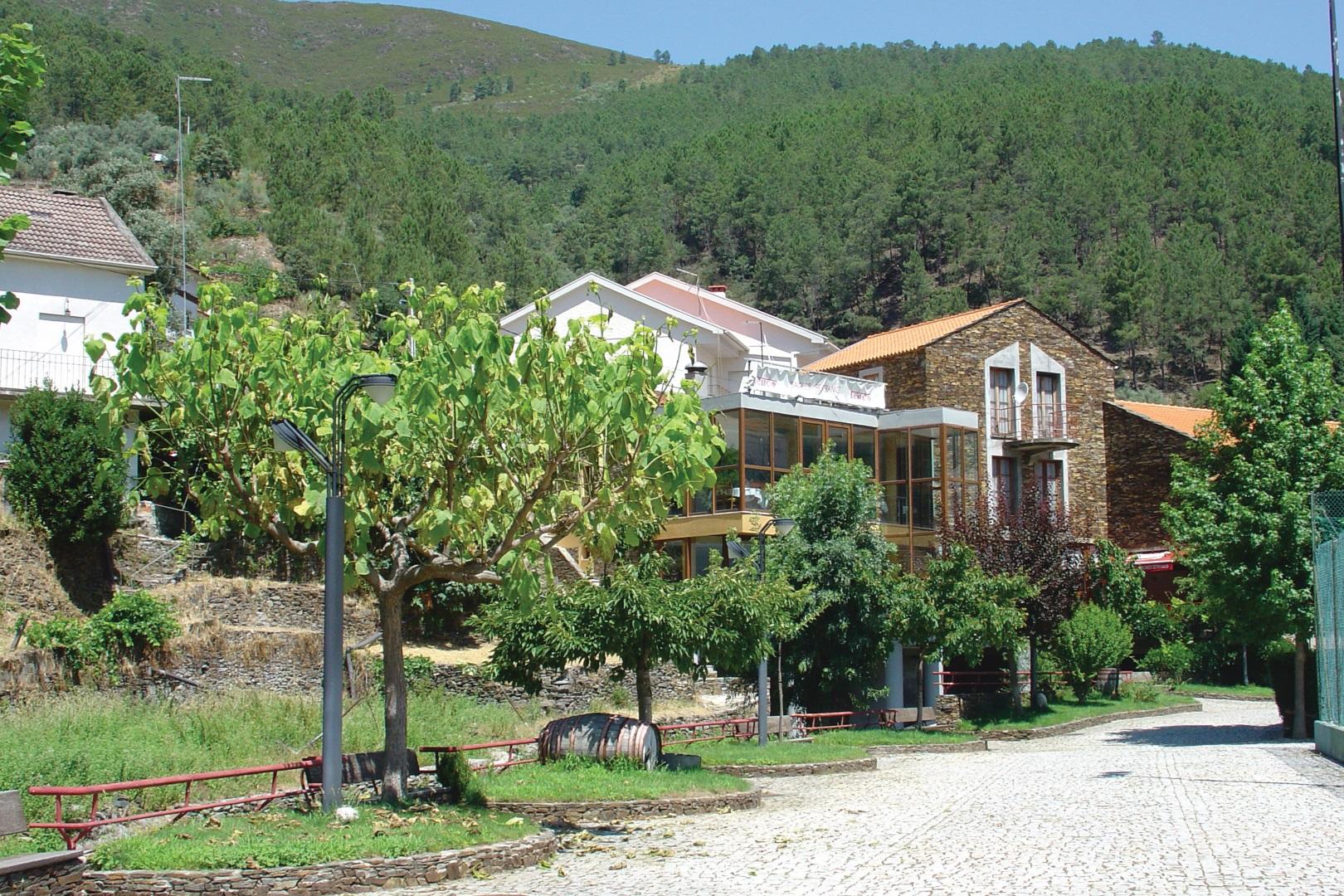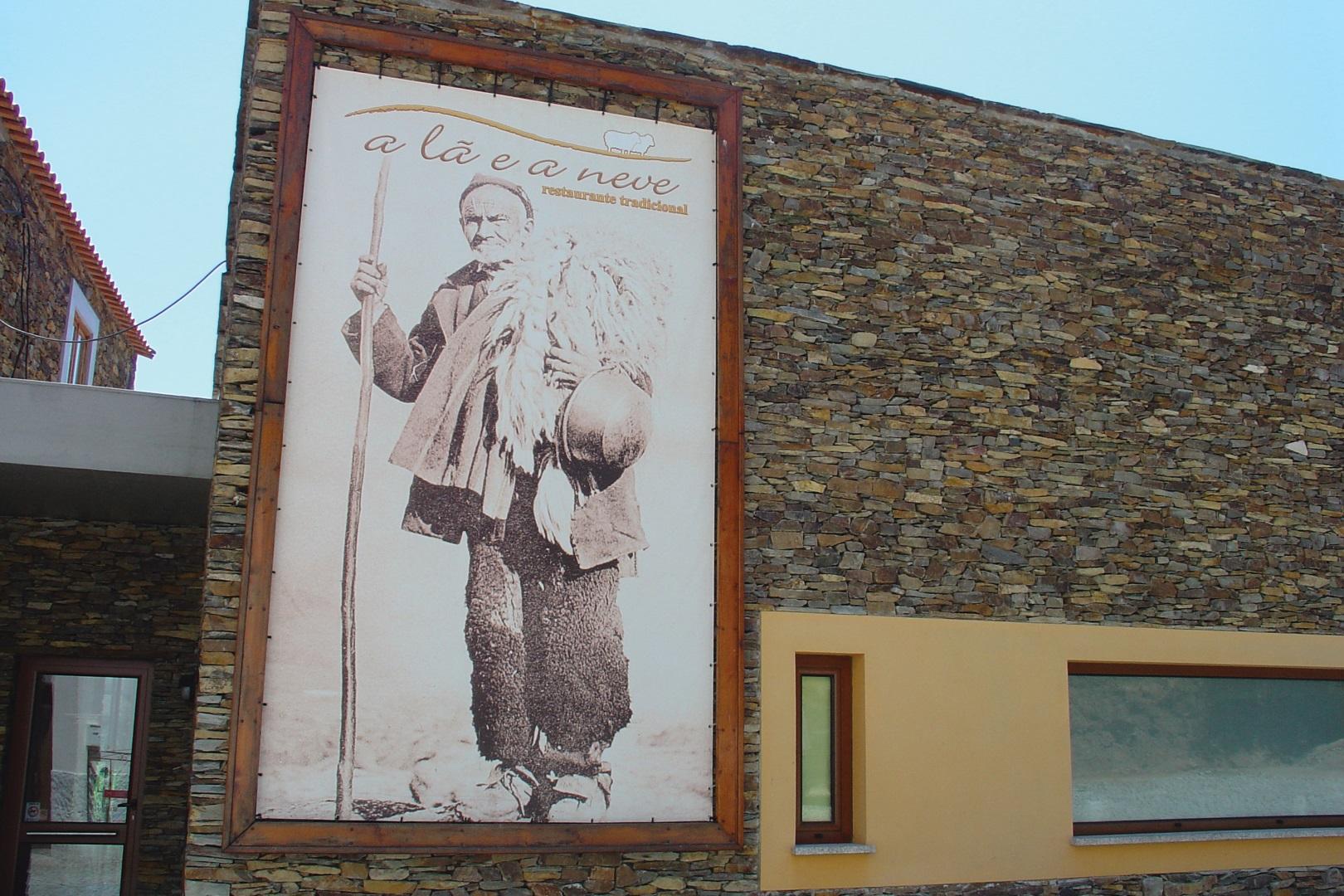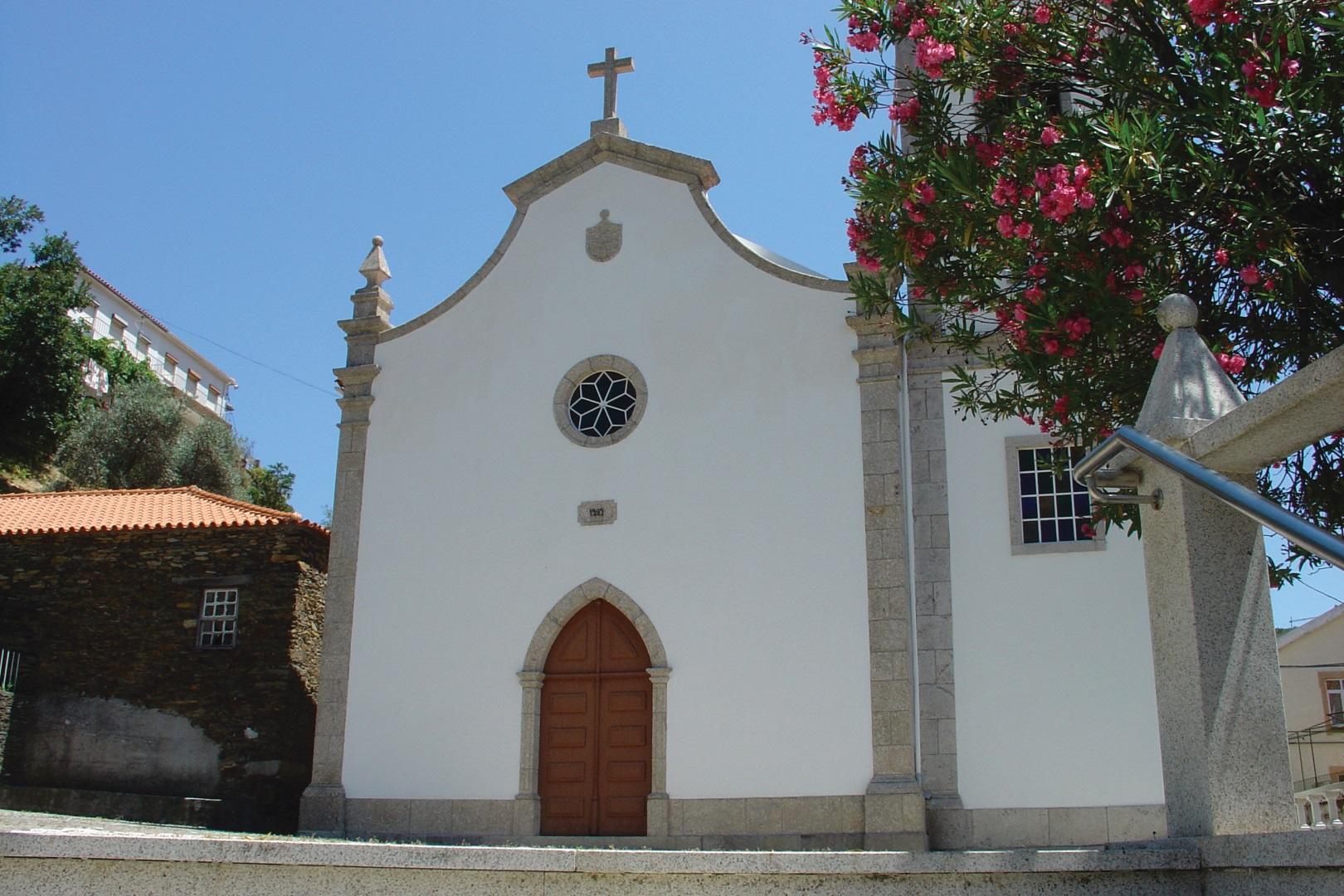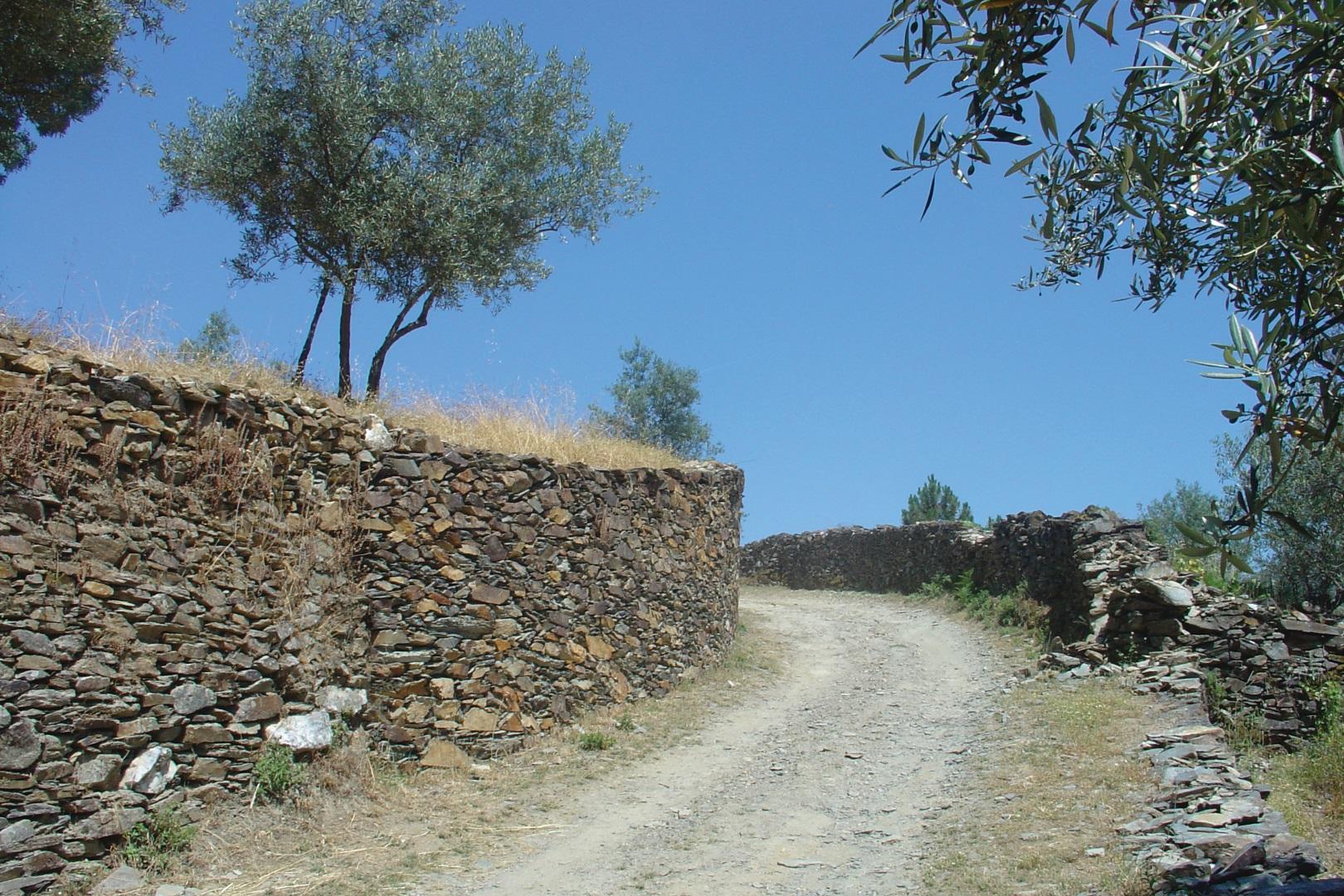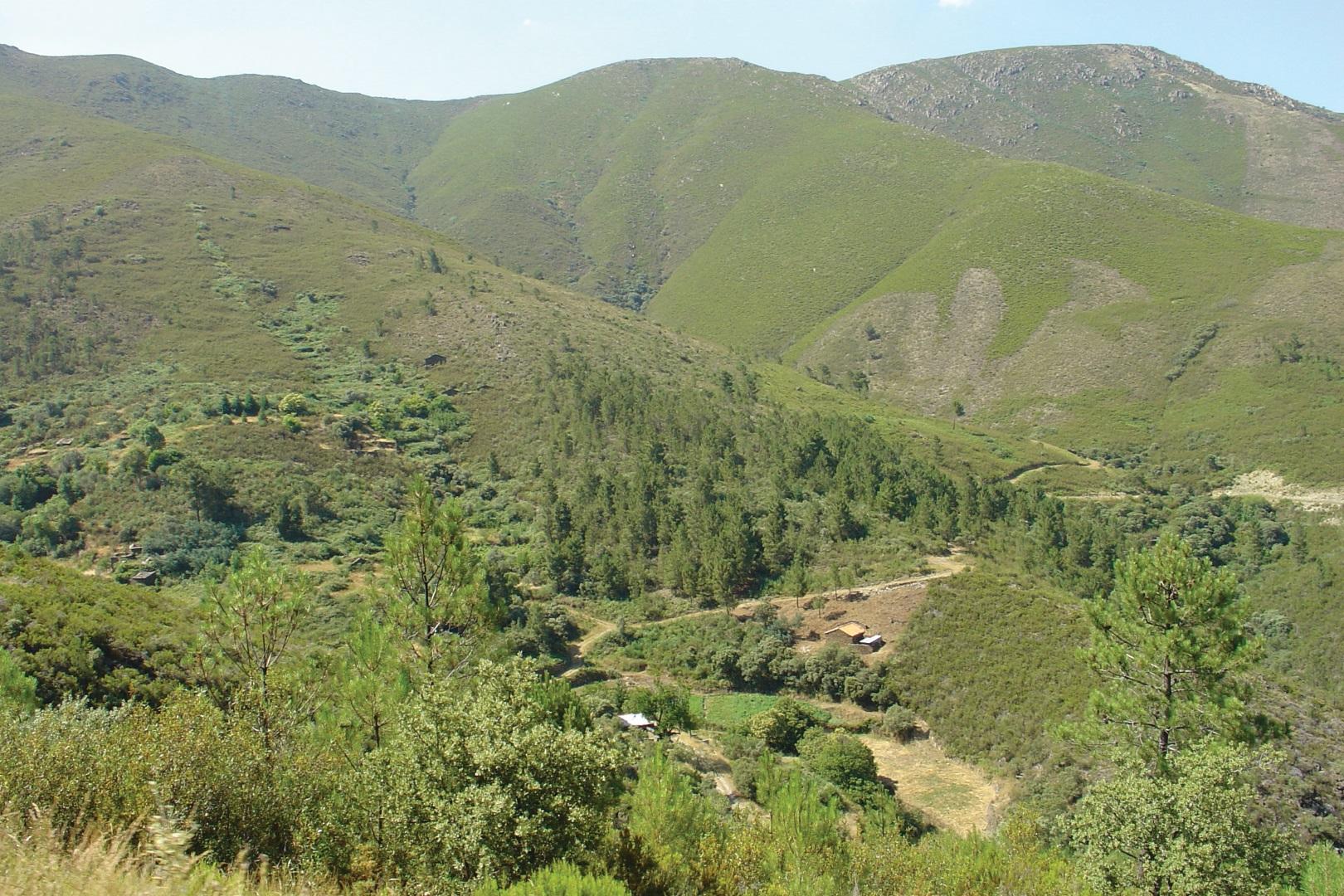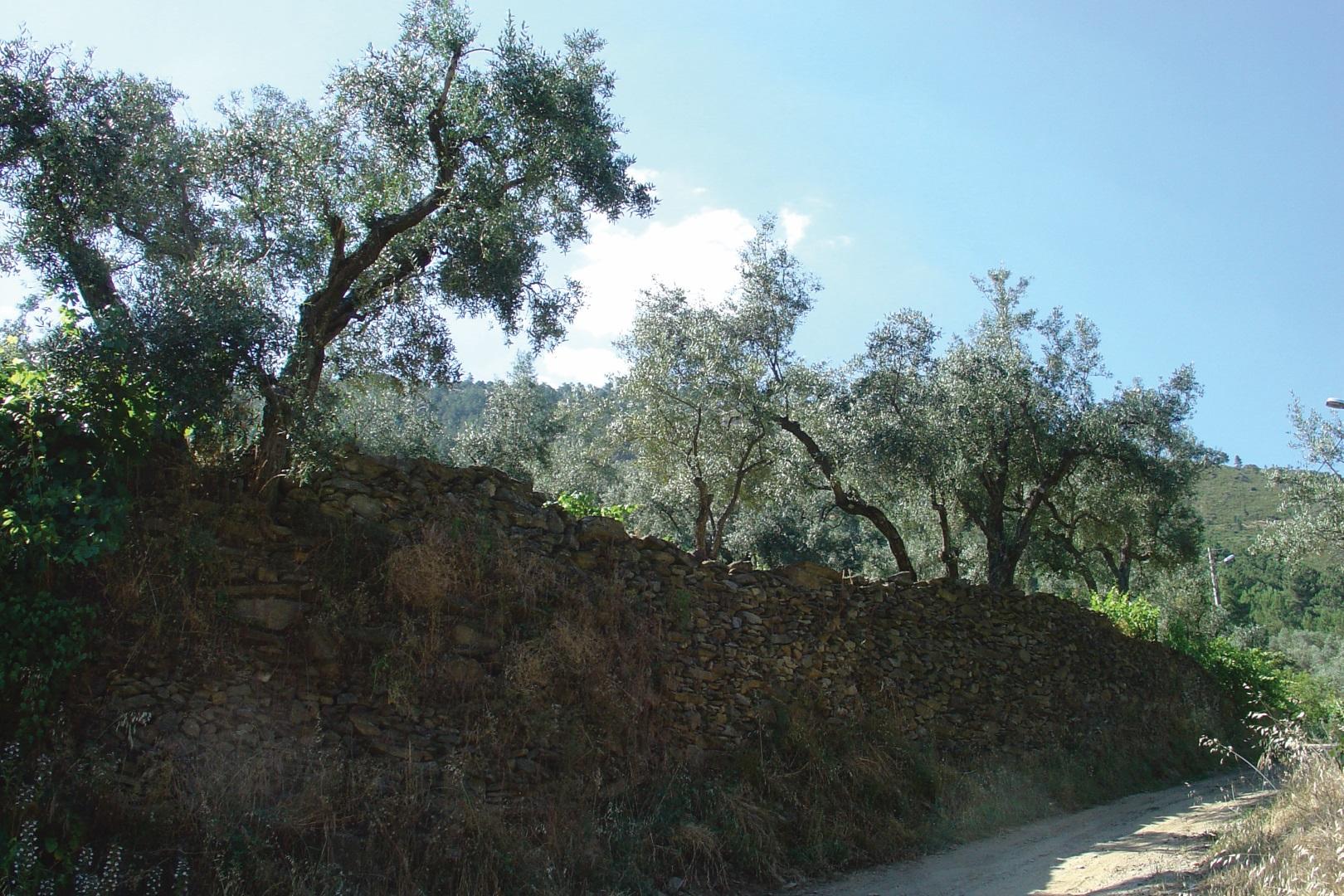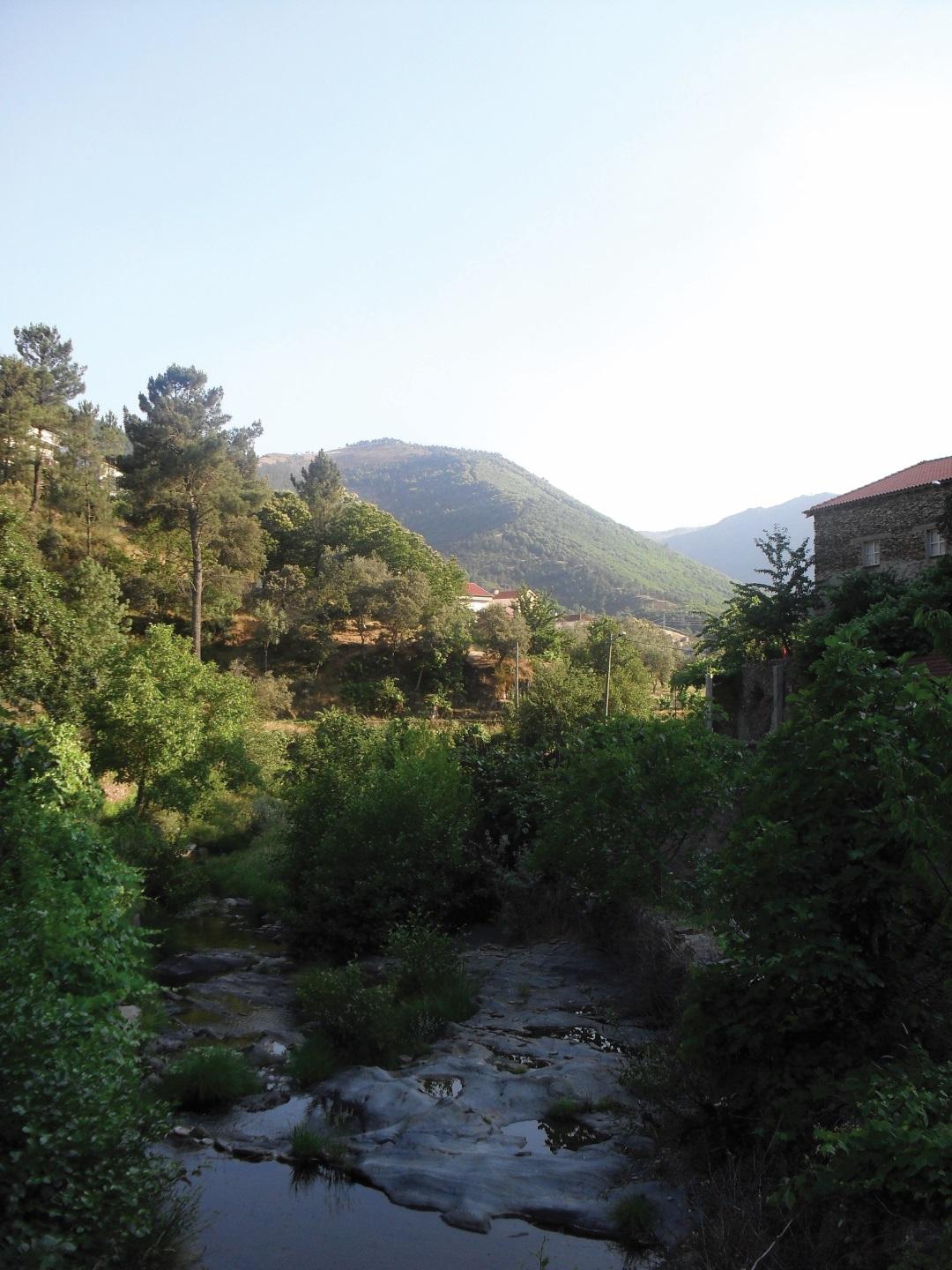
Starting point: along the multipurpose field, on the National road 232.
Walking by the Sameiro Route we plunged in a tradition and history atmosphere. Along the trail we can observe monuments of popular and religious use that allows us to absorb the whole singular existence. In terms of urban heritage, buildings of genuine projects appear, being the highlight the St John Baptist Church and, yet in the derivation, the St Lawrence Chapel, with all its associated mysticism.
In fact, treading this route is to inspire the essence of the mountain people and their history. The life of Sameiro is marked in each monument that crosses the path, in each schist or granite house, each “stream” of fresh water, each plowed field, on each face that greets us.
In the Sameiro parish building operate the Sameiro Marigold Folklore Group, which promotes the mountain culture preservation through the recollection of experiences account and other times costumes, with the diffusion of costumes and typical songs.
Another element of notoriety in the history of the population is the Community Oven. Although these structures have lost the social, cultural and economic importance against the mass production and industrialization, represents an important factor in the history and experience of the community.
Along the Sameiro Route overcomes the panoramic views over the agriculture fields, water lines that cross the village, pasture and forest places that surround it.
In the derivation that connects Sameiro to Saint Lawrence we are confronted with a natural landscape to the Bear Valley Stream, of enchanting beauty and magnificence. In this place, according to the note of the earlier Manteigas newspaper, the «Star of Beira» nº 138, from the 21 of December of 1935: “In the place called Bear Stream, of the neighbour Sameiro parish, were found, a short time ago, four Roman millstones and a milliard marc and by ignorance of its archaeological value have been disable by its owner. (…) All this attest the antiquity of the neighbour village.”
Regarding the flora, this course is composed by the Willk, the heather, Gum rockrose, Broom, rosemary, ash, alder, wild pine, Douglas-fir, and the holm-oak among other species that give the Sameiro Route a dazzling colour palette.
The Sameiro Route is, in the most part, covered with bush mosaics, open meadows, streams, forest areas, agriculture areas, providing ideal habitats for many species, including the slow worm, common swift, common frog, crow, common cuckoo, hedgehog, common kestrel, ocellated lizard, Iberian lizard, Iberian frog, tawny owl, common barn owl, and wild rabbit, among others. It deserves a special note the horseshoe bat that faces a high risk of extinction.
- Route PR12MTG
-
- Name: Rota de Sameiro
- Type: Circular
- Coordinates of the beginning W: 7º29'20.92"W 40º24'29.52"N
- Height at the beginning: 622 m
- Minimum height: 616 m
- Maximum height: 633 m
- Advised direction: Ponteiros do relógio
- Difficulty: Fácil
- Extension: 1,3 km | 5,9 km (with leads)
- BTT: Yes
- Useful Documents



